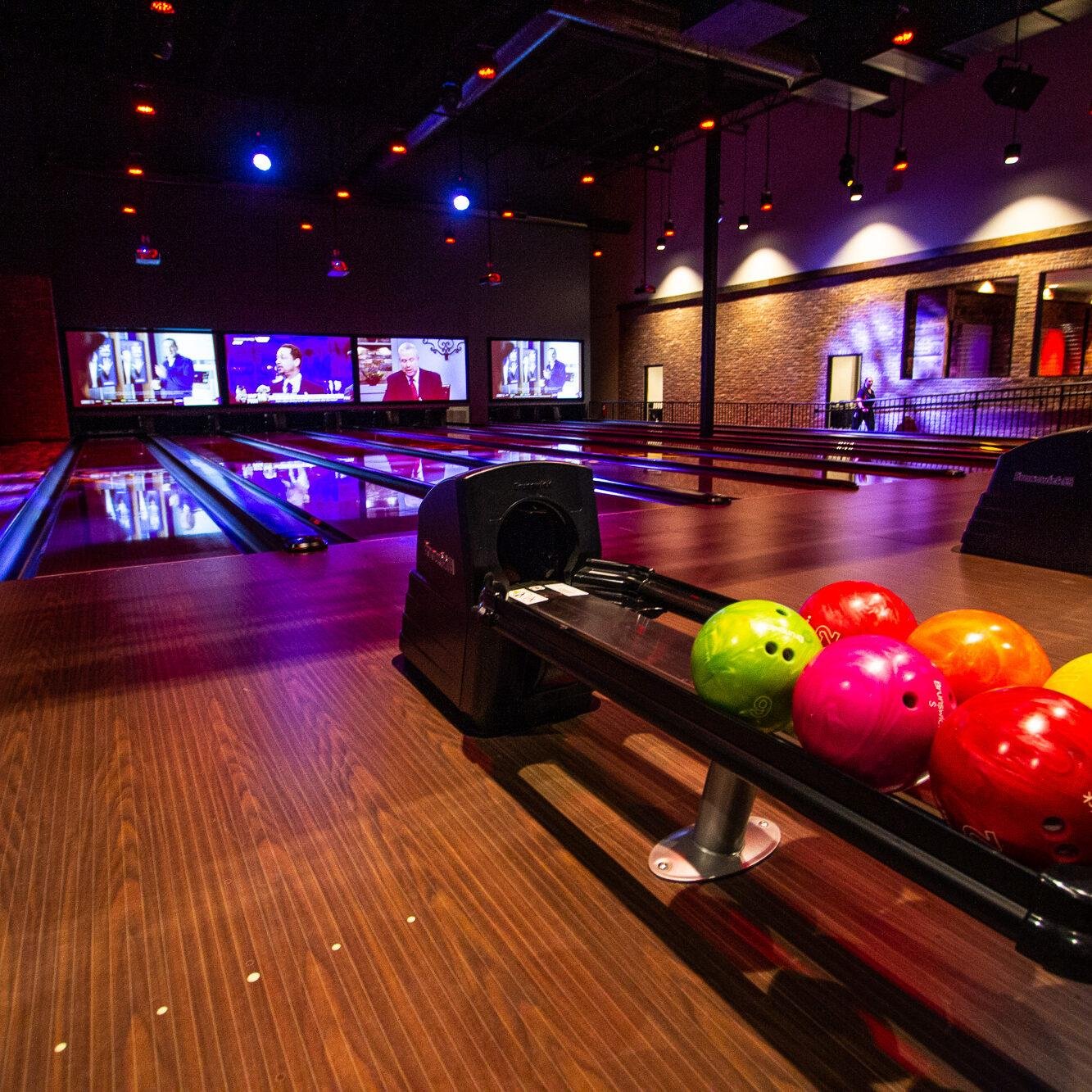How to practice bowling at home?
Bowling is an excellent way to stay in shape, relieve stress, and have fun with your friends. But if you’re not careful, it can also be a bit of a drag on the wallet. If you want to get better at bowling without having to spend money on pricey equipment or expensive lessons. So, how to practice bowling at home?
1. Get a bowling ball
Now that you’ve got your lane, it’s time to get a ball. The best thing to do is go see a pro at your local bowling alley and ask what they recommend for your skill level. They will probably tell you which weight of ball is right for you and help fit one that fits comfortably in your hand so that it doesn’t slip out when throwing the ball down the lane. Bowlers usually start off with an 8 pounder (two-and-a-half kilos), but if that feels too heavy or light for you, there are plenty of other options available!
2. Find a place to practice.
- Find a place with a bowling alley.
- Find a place with a bowling ball return machine.
- Look for lanes, if you can’t find those then look for lanes that have bowling shoes and balls on them already so you don’t have to bring your own (this is probably going to be rare).
3. Set up your practice station
- Set up a practice station in your backyard.
- Use a bowling ball that’s a good fit for you.
- Practice in different weather conditions, such as indoors or outdoors, on rainy days and sunny days with windy conditions.
- Practice with a buddy or coach who can provide feedback about what you’re doing right–and wrong–during each throw so that it helps improve your game overall!
4. Make sure you have the right equipment
The first thing you should do is make sure you have the right equipment. You need to get a ball that’s a perfect fit for your height and strength, as well as one that will be durable enough to last through many games.
You also need to consider lane conditions when choosing your bowling ball, because they vary from venue to venue. If you’re playing at home, try using two different types of balls: one for dry lanes and another for wet ones (wet lanes can be identified by their shiny appearance).
5. Use a ball that’s a perfect fit for you
If you’re going to be practicing at home, it’s important to use a ball that is a perfect fit for your body type and strength. If the ball is too heavy or too light, it won’t help improve your game at all! The same goes for if it’s too big or too small–you’ll want a bowling ball that fits perfectly in your hand so that each throw feels comfortable and natural. Finally, if the surface of your bowling ball isn’t smooth enough, this can hurt how accurate your throws are when practicing at home.
6. Practice with a buddy or a coach
When you’re practicing at home, it’s important to have someone to keep track of your progress. This can be a friend, coach or even your mom! A good way to practice is with a bowling ball and a ball return machine that will allow you to bowl over and over again without having to worry about resetting up every time.
If you don’t have access to these things at home but still want some help in learning how throw the perfect curveball (or straight shot), there are plenty of options out there:
- Head down to your local alley on average weeknight after work and ask if they would let you use their machines for an hour or two during non-peak hours when no one else is there yet; this way everyone wins because they get more business while helping out their community members who are trying new things with their lives! Or maybe just go ahead and sign up for lessons instead? Either way works!
7. Pick up a bowling ball that suits your needs
If you’re new to the sport, it’s best to start with a bowling ball that’s light and easy to control. If you’re an experienced bowler, however, you may want something heavier that can generate more power. The size of your hand should also be taken into consideration when selecting a ball: if it fits comfortably in your grip without straining or cramping your fingers or wrist muscles then it should be fine for use during practice sessions at home (or anywhere else).
A good fit is key
A good fit is key when it comes to bowling balls, so don’t skimp on finding the right one for you! You should be able to pick up the ball and be comfortable with it. If your fingers feel cramped or you have to adjust your grip every time, then it’s not the right fit for you. The same goes for weight–if the ball feels like it’s too heavy or too light in your hand, try another one until you find something that feels right.
Finally, make sure that when you throw down that first strike (or fizzle out), everything feels good underfoot: Are my feet balanced? Am I comfortable standing here? Do I need more padding under my shoes? These are all important factors in determining how well-suited a specific lane is for someone’s needs as well as whether or not they’ll enjoy taking advantage of this particular facility again in future visits!
Conclusion
There’s no doubt about it–bowling is a fun sport. But if you want to get better at it, you have to practice! And that means finding the right equipment so that your game can improve over time. Hopefully this article has given you some ideas on how to do just that–whether it’s by practicing at home or going out with friends who might help motivate each other while improving their skills. I hope now you know how to practice bowling at home.

